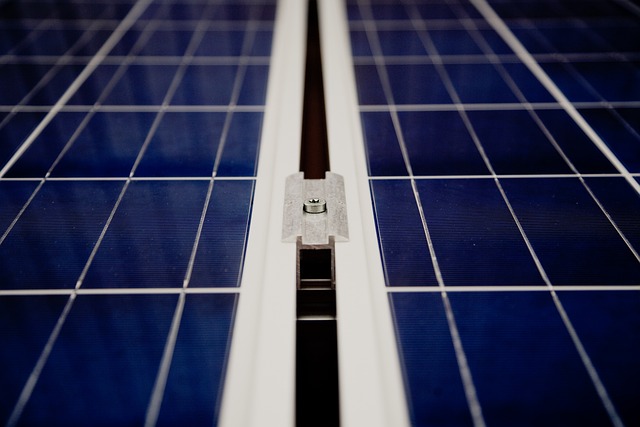
To say the sun produces a lot of energy would be an understatement. According to the Massachusetts Institute of Technology (MIT), over 173,000 terawatts of solar energy are blasted down to the Earth at any given time. There are systems available to harness this energy, including solar power systems and solar thermal systems. While they both leverage solar energy, however, solar power systems and solar thermal systems aren’t the same.
What Is a Solar Power System?
A solar power system is an array of one or more photovoltaic (PV) panels that converts solar energy into electricity. The PV panels are typically made of glass-encased silicon. When exposed to photons — solar energy in the form of sunlight — electrons within the PV panels will break free from their atoms. This reaction will produce electricity.
What Is a Solar Thermal System?
A solar thermal system is a system that’s designed to generate heat from sunlight. They are typically used as water heaters. When mounted on a roof, sunlight will strike the solar thermal system. The temperature of the water inside of the solar thermal system will then increase.
Differences Between Solar Power Systems and Solar Thermal Systems
They may look similar, but solar power systems and solar thermal systems aren’t the same. They are used for entirely different purposes. Solar power systems, as the name suggests, are used to generate electricity or power. There are different types of solar panel systems, each of which uses a different PV technology. Some of the most common types include monocrystalline, polycrystalline and thin film. Regardless of the PV technology, all solar power systems generate electricity through the conversion of sunlight.
Solar thermal systems don’t generate electricity. Instead, they generate heat. A typical solar thermal system features a collector, which shares a similar appearance to a solar panel. The collector, however, contains passages through which water flows. Water will flow through the inner passages of the collector. As sunlight strikes the collector, the water will heat up.
You can learn more about solar thermal systems by visiting the Environmental Protection Agency’s (EPA’s) website. The key thing to remember is that solar thermal systems are used for heating purposes. They leverage sunlight to generate heat, which is typically used to heat the water in a home or building. Solar power systems, conversely, are used to generate electricity. Solar power systems generate alternating current (AC) electricity, which is then converted into direct current (DC) electricity at an inverter.

